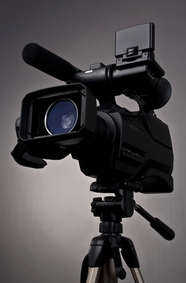As actors, we have a lot to do and a lot to remember during an audition—mainly to give a real and credible performance of our character that wins us a callback, and perhaps the job.
But just as there are different types of roles, there are different types of auditions. Reading for theatre, for instance, usually involves auditioning in the theatre for the casting director, director, producers, etc. Because it’s theatre, you would reasonably be expected to know to play to the house, meaning your vocalizations and gestures would be a little bigger, so the last row of the audience could see your work.
But commercial auditions are virtually always on camera, as are some TV auditions nowadays. As actors, we need to be aware of how that should affect our performances. Surprisingly, I find that most commercial actors do not take that into account, and their audition suffers.
When auditioning for the camera, think of it as the audience. As in theatre auditions, you play to that audience. Because the camera and microphone are closer, you won’t need to project or gesture grandly to be seen or heard. A zoom lens can move the audience within inches of your face, so your acting can be more natural and subtle.
But just as there are different types of roles, there are different types of auditions. Reading for theatre, for instance, usually involves auditioning in the theatre for the casting director, director, producers, etc. Because it’s theatre, you would reasonably be expected to know to play to the house, meaning your vocalizations and gestures would be a little bigger, so the last row of the audience could see your work.
But commercial auditions are virtually always on camera, as are some TV auditions nowadays. As actors, we need to be aware of how that should affect our performances. Surprisingly, I find that most commercial actors do not take that into account, and their audition suffers.
When auditioning for the camera, think of it as the audience. As in theatre auditions, you play to that audience. Because the camera and microphone are closer, you won’t need to project or gesture grandly to be seen or heard. A zoom lens can move the audience within inches of your face, so your acting can be more natural and subtle.

In a theatre performance, the audience sees you in 3D—our eyes perceive height, width and depth. But the video camera only records a 2D image. Add the fact that most commercial audition facilities have very flat, unsophisticated lighting and you can see why camera awareness is important.
So how to compensate for these problems? There are a number of simple tricks that will maximize your audition potential. First, take the room into account. Where is the camera? The microphone? Where does the lighting end? The mark on the floor will usually tell you not only where to stand, but how to orient yourself to the camera.
Now that you know where it is, play to the camera. This means that while in life, you might look directly at the person you are talking to, on camera that isn’t necessarily so. Because if you do and the other actor is on the same plane as you, we see you in profile only. So I direct actors to “cheat out,” meaning play their lines and reactions where the camera can see them 3⁄4 faced. When you look at the other actor, your upstage eye should focus on their downstage eye, which opens you out. And always remember, you don’t have to be looking at someone to hear them or be heard by them.
Another way of doing this is to give yourself a point of focus out near the camera. For instance, if you are talking about a car, put the car in the cue card, or under the camera.
Notice the height of the camera. If it is above your chin, raise your chin just slightly to compensate. If it is below your chin, lower your chin accordingly. That way, we don’t get a shot that features a look up your nose or one that magnifies your forehead. Ladies, if you have a part in your hair on one side, try to use the side that favors the part, not the side with the most hair. If you must use that side, be sure to put your hair behind your ear or tie it back and cheat out.
Ask the director what your frame is and you can better gauge the size of your performance. For instance, if you are being shot in a closeup, actions and expressions can be smaller and the camera will still get them. Whereas looser shots will give you a bit more freedom.
Look at the lighting. Where does it end? Stay within that pool of light. Don’t come too close to the camera and be sure you are not saying your lines off camera. A good rule of thumb is to not begin speaking until your have hit your mark.
You can practice these techniques at home with a video camera of any kind. Even a cell phone camera will work. Set it up, get some commercial copy and become accustomed to playing out to that camera. Then review your work. See what works and what doesn’t. Then put what you learn into practice and see the difference.
So how to compensate for these problems? There are a number of simple tricks that will maximize your audition potential. First, take the room into account. Where is the camera? The microphone? Where does the lighting end? The mark on the floor will usually tell you not only where to stand, but how to orient yourself to the camera.
Now that you know where it is, play to the camera. This means that while in life, you might look directly at the person you are talking to, on camera that isn’t necessarily so. Because if you do and the other actor is on the same plane as you, we see you in profile only. So I direct actors to “cheat out,” meaning play their lines and reactions where the camera can see them 3⁄4 faced. When you look at the other actor, your upstage eye should focus on their downstage eye, which opens you out. And always remember, you don’t have to be looking at someone to hear them or be heard by them.
Another way of doing this is to give yourself a point of focus out near the camera. For instance, if you are talking about a car, put the car in the cue card, or under the camera.
Notice the height of the camera. If it is above your chin, raise your chin just slightly to compensate. If it is below your chin, lower your chin accordingly. That way, we don’t get a shot that features a look up your nose or one that magnifies your forehead. Ladies, if you have a part in your hair on one side, try to use the side that favors the part, not the side with the most hair. If you must use that side, be sure to put your hair behind your ear or tie it back and cheat out.
Ask the director what your frame is and you can better gauge the size of your performance. For instance, if you are being shot in a closeup, actions and expressions can be smaller and the camera will still get them. Whereas looser shots will give you a bit more freedom.
Look at the lighting. Where does it end? Stay within that pool of light. Don’t come too close to the camera and be sure you are not saying your lines off camera. A good rule of thumb is to not begin speaking until your have hit your mark.
You can practice these techniques at home with a video camera of any kind. Even a cell phone camera will work. Set it up, get some commercial copy and become accustomed to playing out to that camera. Then review your work. See what works and what doesn’t. Then put what you learn into practice and see the difference.

Doug Traer has been working in film, television, theatre, and commercials for the past 26 years. His film credits include Robert Miller’s “Brenda Starr,” the critically acclaimed “Speak of the Devil” and the black comedy “Dead Giveaway.” He has had multiple roles on “General Hospital,” appeared in “America’s Most Wanted” and “Saved by the Bell,” among others. He has made a number of national TV commercials for products such as Mercedes-Benz, Sony Playstation, Sprint, Blue Cross Insurance, Baskin Robbins Ice Cream and Hardee’s Restaurants. In addition to his acting gigs, he works as a commercial casting director, session director and teacher at Keep it Real Acting Studios.

